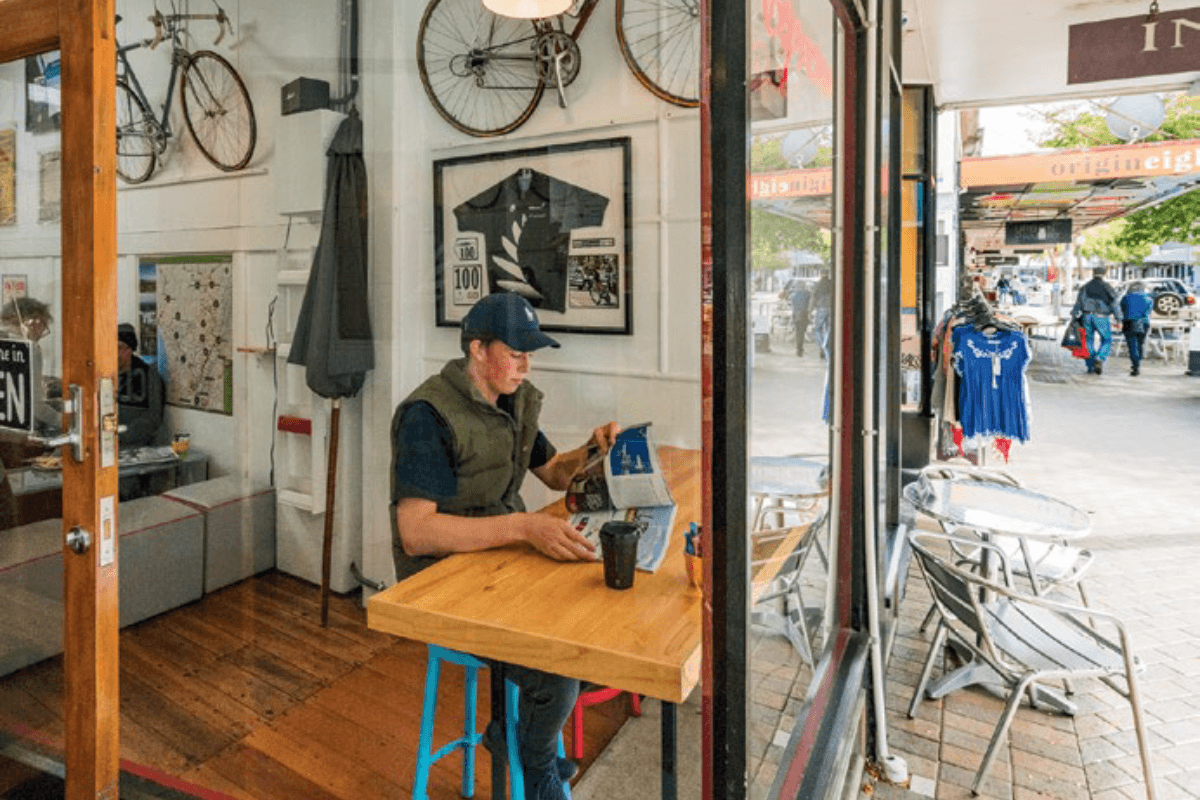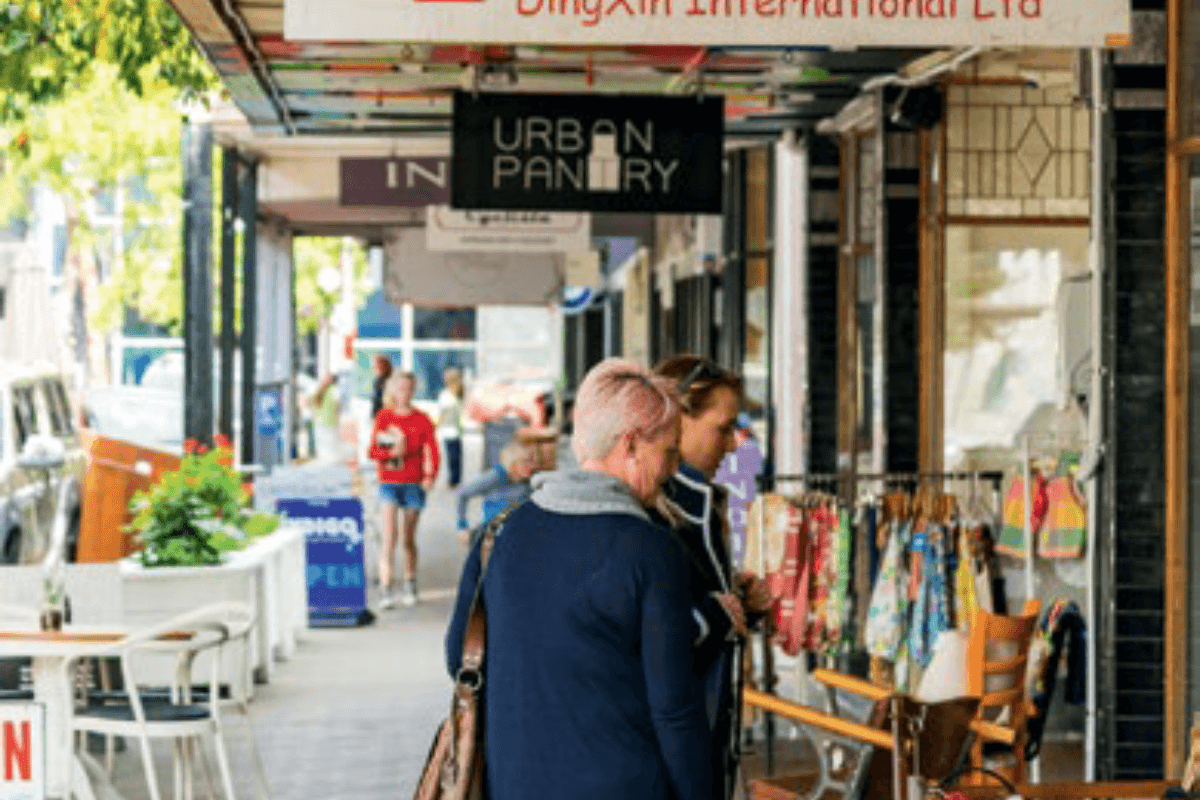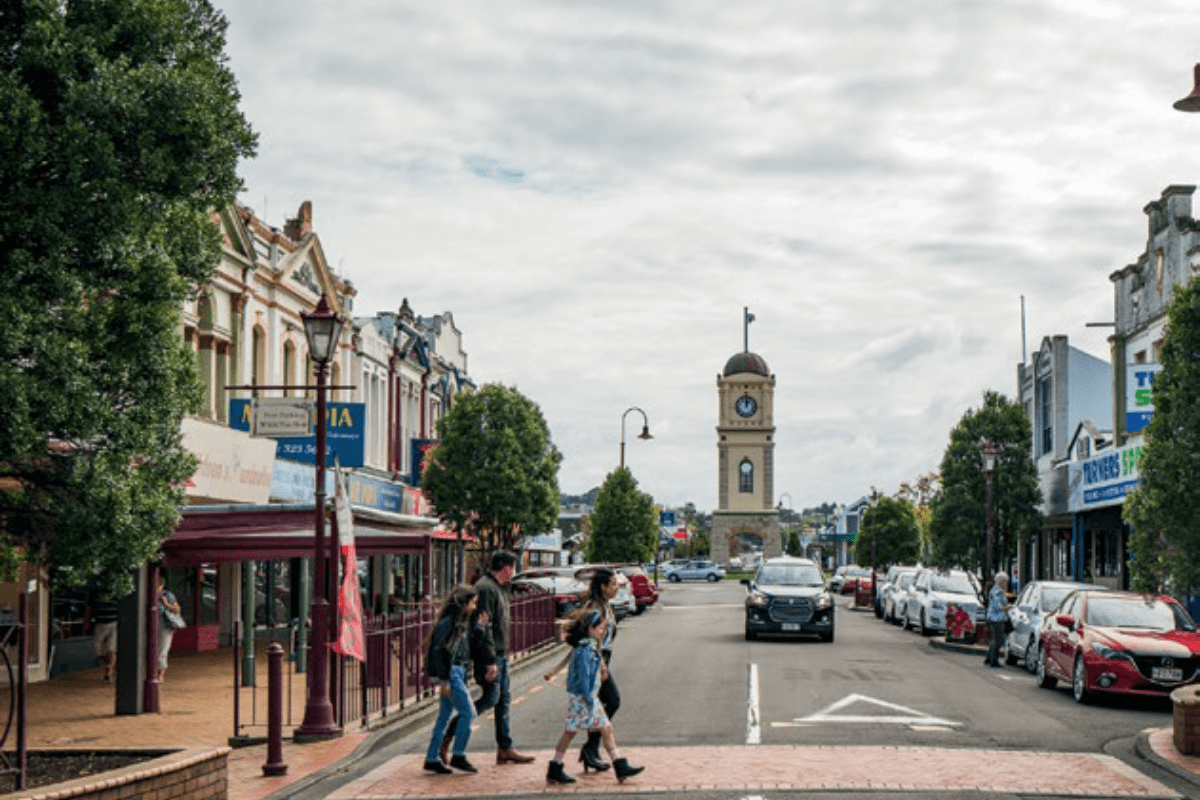
Manawatu On The Move
Skyrocketing values and a serious supply shortage characterise the Palmerston North and Feilding markets, writes Joanna Jefferies.
31 January 2020
Real estate in the Manawatu District – particularly in Palmerston North and Feilding – is booming, due to extremely tight supply and demand.
The supply issue stems from a rapidly growing population, which has likely resulted from increased investment in the region and internal migration.
The district is so strong, that in the year to September 2019 it outstripped the national growth rate of 2.4%, with growth of 3.1%.
Construction was one of the key reasons for economic growth, with investment in construction increasing by 50.2% to the year ended September 2019.
Correspondingly, the number of residential building consents in the Manawatu increased by 34.3% from the previous year, while the number of new dwellings increased by 35.6% over the same period.
In total, 221 new homes were consented in the district over the year to September 2019.
Commercial investment has also strengthened, with upgrades to the Ohakea Air Force Base totalling $9 million and investment in Feilding’s industrial area valued at over $7 million over the year to September 2019.
Economic growth looks set to continue if the recently announced KiwiRail freight hub comes to fruition, which is expected to bring between $2 billion to $4 billion of investment into Palmerston North.
In addition to the potential hundreds of jobs this will bring to the area, the development of the $620 million Manawatu Gorge replacement motorway, which begins this year, and is expected to be completed by 2024, will bring up to 400 new workers to the region.

All of these workers will need to be housed, which will cause additional pressure on the already tight housing market.
REINZ spokesperson and ambassador for Manawatu Andy Stewart says even before these workers arrive, real estate in Palmerston North has had a record setting year. He puts this down to first time buyers accessing their KiwiSaver funds and buying en masse.
“Prices have continued to soar. It’s all been caused by the activity and demand at the bottom end: people that have saved their 20% deposit up and are buying their first home. That’s driving the market.”
As a result, values in the Manawatu District and Palmerston North have stepped up around 15% over the past year.
“We used to have properties that were under $300,000. The percentage that is under $300,000 now is minute.”
The median sales price is around $470,000 in Palmerston North and Feilding is hot on its heels at $462,500. “Four years ago we probably had 500 houses on the market in Palmerston North, now we’re surviving with about 140 to 160 houses in total. In Feilding there’s only about between 20 and 30 properties on the market, and the demand is just snapping them up.
‘I would say boldly, probably 80% of the properties sold in Palmerston North are sold under multiple offers’ ANDY STEWART
“I would say boldly, probably 80% of the properties sold in Palmerston North are sold under multiple offers.”
In Feilding the number of days to sell from when a property is listed to when the agreement becomes unconditional is only 12 and in Palmerston North it’s around 22 days, says Stewart.
Due to the lack of available listings he doesn’t envisage the market cooling anytime soon.
Rents On The Rise
The rental market is robust with a strong and reliable tenant supply coming from the Army and Air Force, Palmerston North Hospital, Massey University, distribution centres and the booming agricultural and farming sectors.
Quinovic Palmerston North principal Simon Tavendale says some of this tenant pool, while in solid employment, is transient.
“The industries that we have here do bring in a lot of people. Because of that there’s a pool of transient tenants who come in for 12 months or less, depending on where they’re being employed and that brings in a ready source of tenants. People staying in the city short to medium term are not looking to put down roots here, but they are looking to rent.”
Rents have risen between five and 16.7% over the past year, with Kelvin Grove/Roslyn leading the increases, with a median rent of $420 per week.
The median property value there is $488,650. Such yields are average for single income-stream properties.
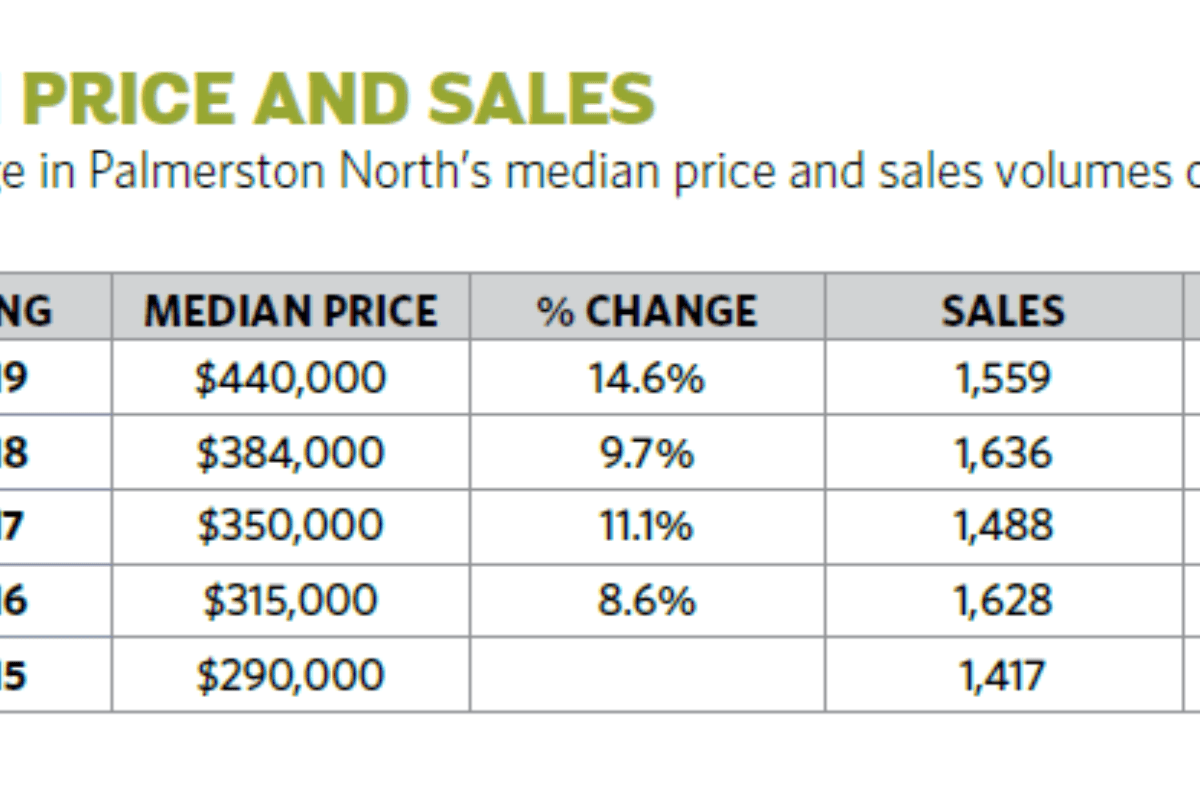
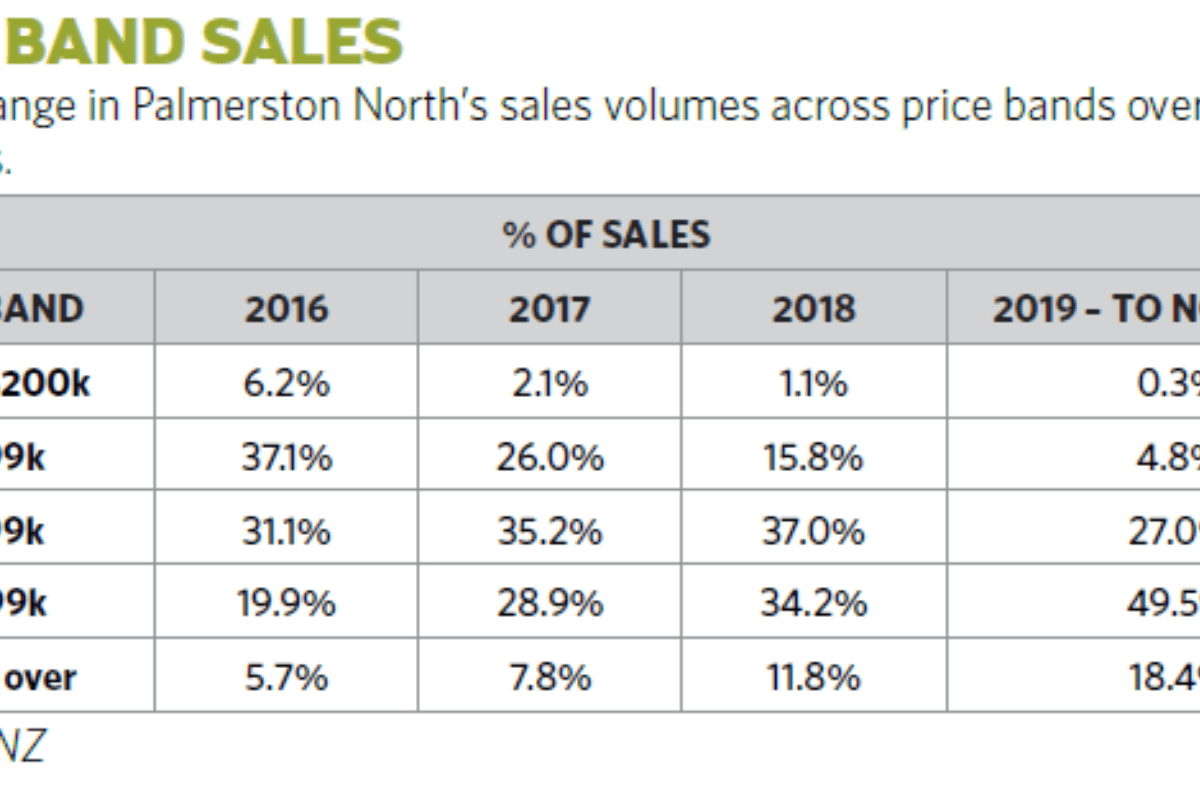
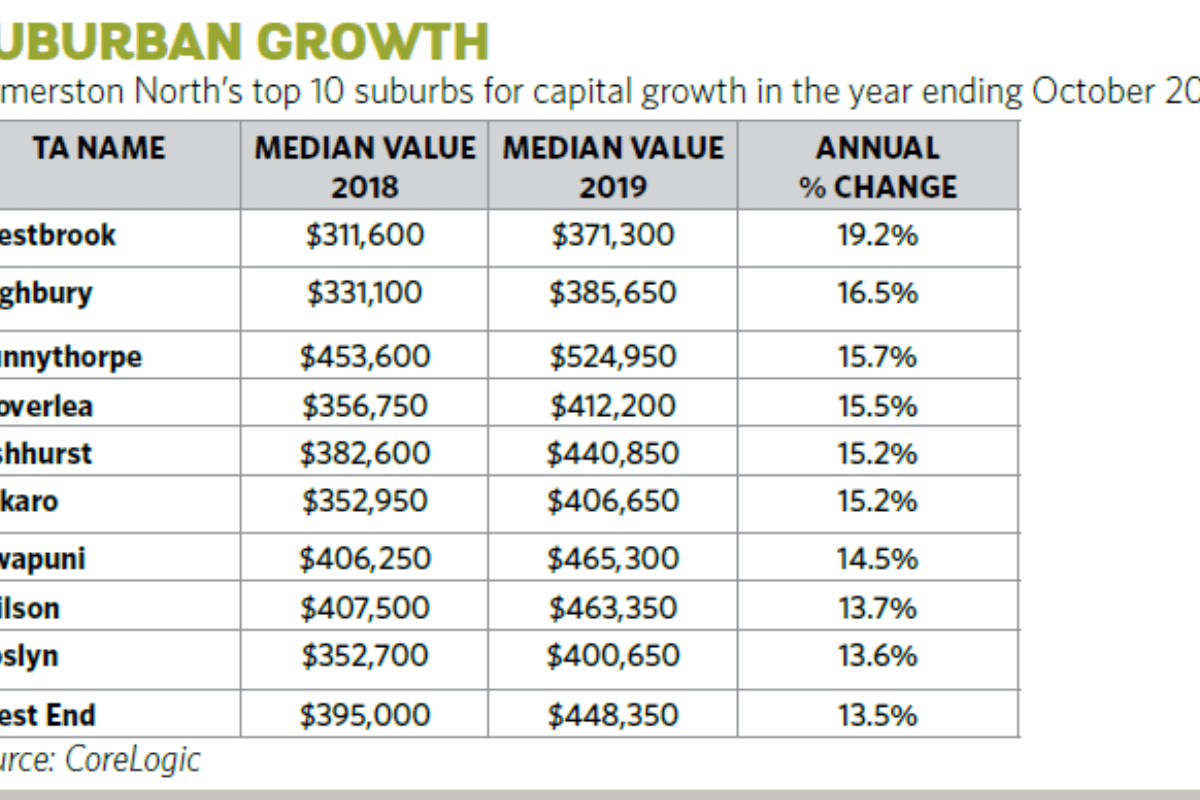

“If you’re looking to purchase in a more desirable suburb, say in Hokowhitu, then you’re probably looking at 4.5 to 5%. If you’re looking in Roslyn, Takaro, Awapuni, which are also good areas to purchase, you’d be up around five to 5.5%.”
Tavendale says investors should consider Awapuni, which is close to the river and new parks and is having a cycle track and walkway developed to make it more accessible to Massey University.
He also cites Roslyn as an up-andcoming suburb.
“Roslyn is actually quite central, and is becoming more desirable as the city expands. The area is being brought up by an influx of first home buyers.
Traditionally, there were pockets of Roslyn which were a little bit run down, but it’s definitely on the up now.” Tavendale says investors shouldn’t discount Highbury, despite it sometimes getting a bad rap.

“We do have people investing over there, they just need to be a little bit more careful in terms of tenant selection. But from a capital gain perspective it’s had the most growth out of anywhere in the city, recently.”
Due to population growth and investment in the region, Tavendale expects to see rent increases continue across the board.
Investor Shane Storey agrees. “Rents in general are lifting. We are due for about a $100 rise per week over the next year.”
The Student Market
Storey, who invests solely in Palmerston North student rentals says the market is strong and vacancies were minimal in 2019. He puts this down to high birth rates 21 years ago, but says they dropped over the following few years and this will have an impact on the student market in the next few years.
“Over the next three or four years that [demand] will drift down and keep dropping.”
As such, and due to climbing prices, Storey isn’t actively looking to buy in the student market currently.
“I’m not in it because I think we’re coming towards the top of the market and the opportunities were three and a half years ago, so I’m just waiting for the cycle to feed its way through.”
Investor Opportunities
Harveys Palmerston North principal Anthony Reid says competition for rental properties is high, and investors shouldn’t expect to grab a bargain. However, there are opportunities out there for investors, particularly if they’re savvy with negotiating purchases.
If they’re willing to wait for the seller to find another property – looking at longer term settlements, so that the vendor can find another property to live in – they’re much more likely to succeed in purchasing, says Reid.
“In a lot of cases they won’t sell unless they’ve found something else – because obviously they can’t rent anything because there’s nothing around, and they can’t buy anything. So that’s a massive ploy for investors – if they’re willing to wait.”
Reid says the Feilding market is “going absolutely nuts” with subdivisions popping up all over the place and values have come into line with those in Palmerston North for the first time. However, he sounds a word of caution for buying in Feilding: the rates are a lot higher than in Palmerston North, “so the cost of having a rental over there is a little bit more than Palmerston North.
Typically investors have stayed away from Feilding, but the sheer growth over there is
counteracting that at the moment”.
But Reid says whether investors are considering Palmerston North or Feilding, investment properties should be considered on a street-by-street basis, as there aren’t any “bad” or “good” areas.
“We have a lot of buyers come from out of town and they ask about what area to stay away from. In our best area, there’s pockets where you don’t want to buy, and in our worst areas, there’s properties where there’s your second and third home for people, value wise. So it’s quite a unique city.”
As such, Reid doesn’t see the demand for property receding any time soon. “From the indicators that are there and the amount of investment going into the area, I don’t see the market slowing.” ■
